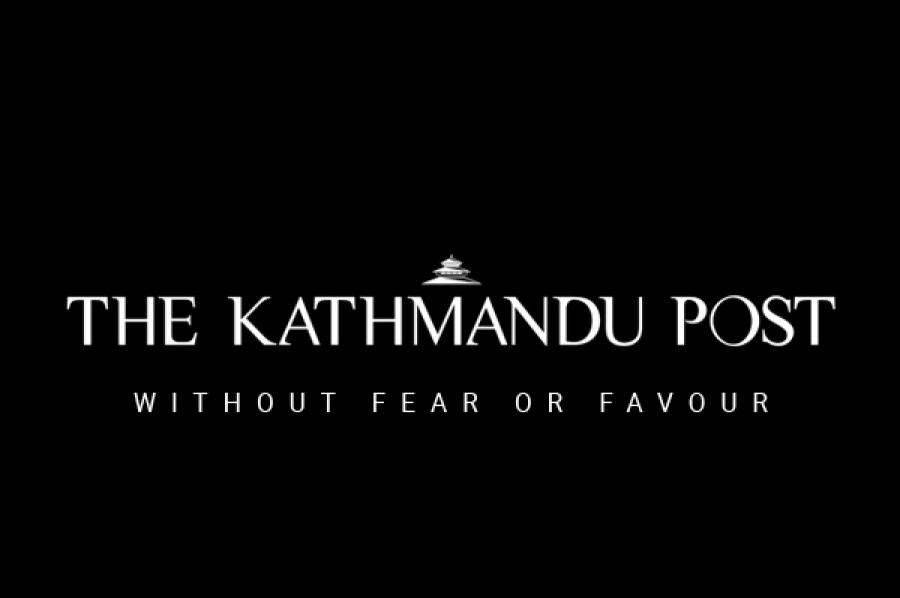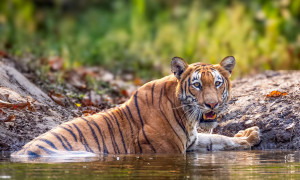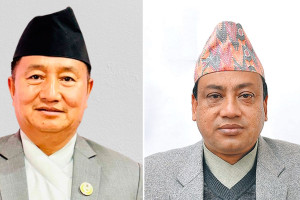Opinion
Ritual slaughter
Religion has long been a pretext for blood lust and violence against animals
One of the worst festivals in India—which should celebrate animals but instead, uses the occasion to torture them—is Jallikattu, a barbaric ritual conducted during Makar Sankranti, or the heralding of the Spring Harvest. This festival should honour the bull, bullock, cow, buffalo—beasts of burden who plough the fields, bring in crops and on whose backs the crops are taken to be sold. But instead, Jallikattu in Tamil Nadu became distorted into a rite of cruelty where bulls were beaten repeatedly while confined to dark chambers, had chillies stuffed up their anuses, were fed alcohol till they were maddened with pain and dizziness and then made to run through jeering crowds of young men who hit them and leapt on them and pulled their horns. Every year, both bulls and people died. Thankfully, this festival has now been banned by the Supreme Court.
Another hideous festival is Naga Panchami. According to religious scriptures, in the month of Shrawan, Naag puja is observed. Food is eaten only once that day. Women paint rangoli pictures of a snake on earth. Statues of snakes made of gold, silver, wood or clay are prayed to and mantras chanted asking for blessings. Again, a harvest festival that should be celebrating snakes because they catch rats and protect farmers’ crops has degenerated into a foul tamasha where hundreds of snakes are caught weeks before, kept in pots and then pulled and tweaked like ropes. Defanged with hammers that break their jaws, they are displayed to housewives who pour milk down their throats. By evening thousands of snakes are dead from the pulling and the milk, which they are allergic to. Their skins are then sold for bags and shoes.
Continuing barbarism
From Koraput comes another dreadful festival: Chaitra Parva, which is also observed in Mayurbhanj, Sudargarh and Keonjhar in Odisha and goes through to Singbhum in Bihar. For the month of Chaitra, tribal people sing, dance and sacrifice animals and birds. The men go out hunting and kill whichever animal they can find, even jackals. The meat is distributed among all villagers.
The Kedu festival of the Kondhs of Phulbani, Ganjam and Koraput started with human sacrifice. The British banned this, so they now kill buffaloes in the most hideous manner possible. The animals are tied to trees. Men and women get drunk, dance and then kill the animal by cutting their limbs off piece by piece. Then, they carry the blood and a piece of meat and bury it in the fields where they produce turmeric.
In Jharkhand, hundreds of tribals enter the forests and wildlife sanctuaries in May during the annual Bishu Sendra Parv (hunting festival). Armed with traditional weapons, tribals from Singhbhum and Seraikela-Kharswan districts, as well as bordering districts of West Bengal and Odisha, swarm all over the forests killing up to 20,000 wild animals and birds in a single day. This festival ceased to be a festival many decades ago. It has now been taken over by smugglers and poachers who use the tribals to get the trophies and bush meat that they can sell.
The Kharchi festival in July in Tripura is supposed to be an earth-worshipping festival. But hundreds of buffaloes, goats and pigeons are killed. The reasoning? King Trilochan brought 14 deities and established them in Tripura. Once, these deities were chased by a wild buffalo and the mother of Trilochan helped kill him.
Dassehra, the annual October harvest festival, is now the most bloody of all festivals. At Kalighat, Kolkata, amidst drum-beats, thousands of sheep are sacrificed, resulting in the unforgettable 'rivers of blood' lamented by Mahatma Gandhi. The Durga Pooja/Dassehra celebrations include animal sacrifice in many parts of India. Buffaloes, cocks, goats, and sheep are ritually sacrificed in the hundreds; their flesh consumed as prasad.
At Chivari in Maharashtra, a fair is held annually on the Tuesday after Maghi Purnima when around 7,000 animals’ necks are twisted and killed in front of goddess Laxmi. On the same day, another fair called the Kayar Yatra is held where after midnight, buffaloes are sacrificed. The main attraction of this fair is finding a hidden lamb, which is then bitten to death by the finder, who hangs its intestine round his neck.
Andhra Pradesh has the worst of all sacrifices. To illustrate: a piglet, hung upside-down, is impaled on a spear fixed to the ground and slowly lowered down the spear. The higher the pitch of the animal screams, the better they say it is for their village and the harvest. In one temple with six-foot high walls, animals are sacrificed until the level of blood reaches the top of these walls. At Durajpally, Warangal the 'priest' has to kill a young goat with a single bite to the throat.
In another 'festival' in Andhra Pradesh, people carry baby goats up a hill top, bite through their throats, pull out their tongues and then throw the suffering mutilated baby down the hill where it lies with thousands of others in vast pools of blood with its bones broken and choking to death.
All villages that worship Ankamma, a version of Kali or Parvati , celebrate with killing. At the festival of Ankamma, people dance "as if possessed by demons", and the pujari, dressed in women's clothes, bites the jugular vein of a sheep, drinks the blood and rides to the shrine in procession amidst writhing live animals impaled on stakes. The unfortunate animals symbolise an overthrown enemy.
Stopping the violence
Religion is merely a pretext for blood lust and violence. Uttarakhand is the first state in India to have stopped all animal sacrifice. This was done by the Bharatiya Janata Party government headed by Shri Nishank and the High Court. Police and NGOs, especially People for Animals, have worked very hard to achieve this miracle. But next door is Himachal Pradesh, which still carries on with its killing.
The new government can stop this. If Kemal Ataturk could keep the culture of Turkey intact even after modernising it, why can’t we? One can no longer pander to violence because it is dangerous to all of us. Do a study—as we have done. Many of those that kill animals at these festivals are apprehended at various times during the year for violence on women and children.
To join the animal welfare movement contact [email protected], www.peopleforanimalsindia.org ([email protected])




 26.37°C Kathmandu
26.37°C Kathmandu











